The solar-powered Juno spacecraft that was launched in 2011 to improve our understanding of Jupiter’s formation and evolution just completed the mission’s first trajectory correction maneuver. NASA scientists confirmed that the burn went very smoothly and is the first of several planned rocket firings that will keep Juno on course to rendezvous with Jupiter in 2016.
NASA’s solar-powered Juno spacecraft successfully refined its flight path Wednesday with the mission’s first trajectory correction maneuver. The maneuver took place on February 1. It is the first of a dozen planned rocket firings that, over the next five years, will keep Juno on course for its rendezvous with Jupiter.
“We had a maneuver planned soon after launch but our Atlas V rocket gave us such a good ride we didn’t need to make any trajectory changes,” said Rick Nybakken, Juno project manager from NASA’s Jet Propulsion Laboratory in Pasadena, California. “It is good to get another first under our belt. This burn couldn’t have gone any better.”
The trajectory correction maneuver, which adjusts the spacecraft’s flight path, began at 10:10 a.m. PST (1:10 p.m. EST) on February 1. The Juno spacecraft’s thrusters fired for 25 minutes, consumed about 6.9 pounds (3.11 kilograms) of fuel and changed the spacecraft’s speed by 3.9 feet, or 1.2 meters, per second. The next big maneuver for Juno will occur in late August of 2012 when Juno executes its first of two deep space maneuvers to set the stage for its Earth flyby – and gravity assist – on its way to Jupiter.
Launched on August 5, 2011, Juno is 182 days and 279 million miles (449 million kilometers) into its five-year, 1,740-million-mile (2,800-million-kilometer) journey to Jupiter. Once in orbit, the spacecraft will orbit the planet’s poles 33 times and use its collection of eight science instruments to probe beneath the gas giant’s obscuring cloud cover to learn more about Jupiter’s origins, structure, atmosphere, and magnetosphere, and look for a potential solid planetary core.
Juno’s name comes from Greek and Roman mythology. The god Jupiter drew a veil of clouds around himself to hide his mischief, and his wife, the goddess Juno, was able to peer through the clouds and reveal Jupiter’s true nature.

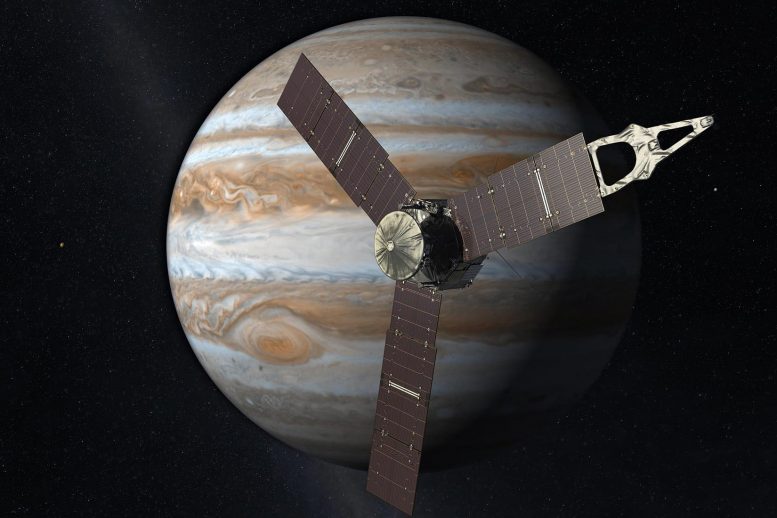
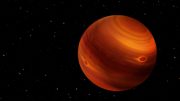




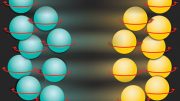
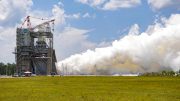
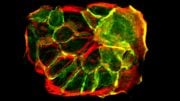
Be the first to comment on "Juno Spacecraft Completes First Trajectory Correction Maneuver"